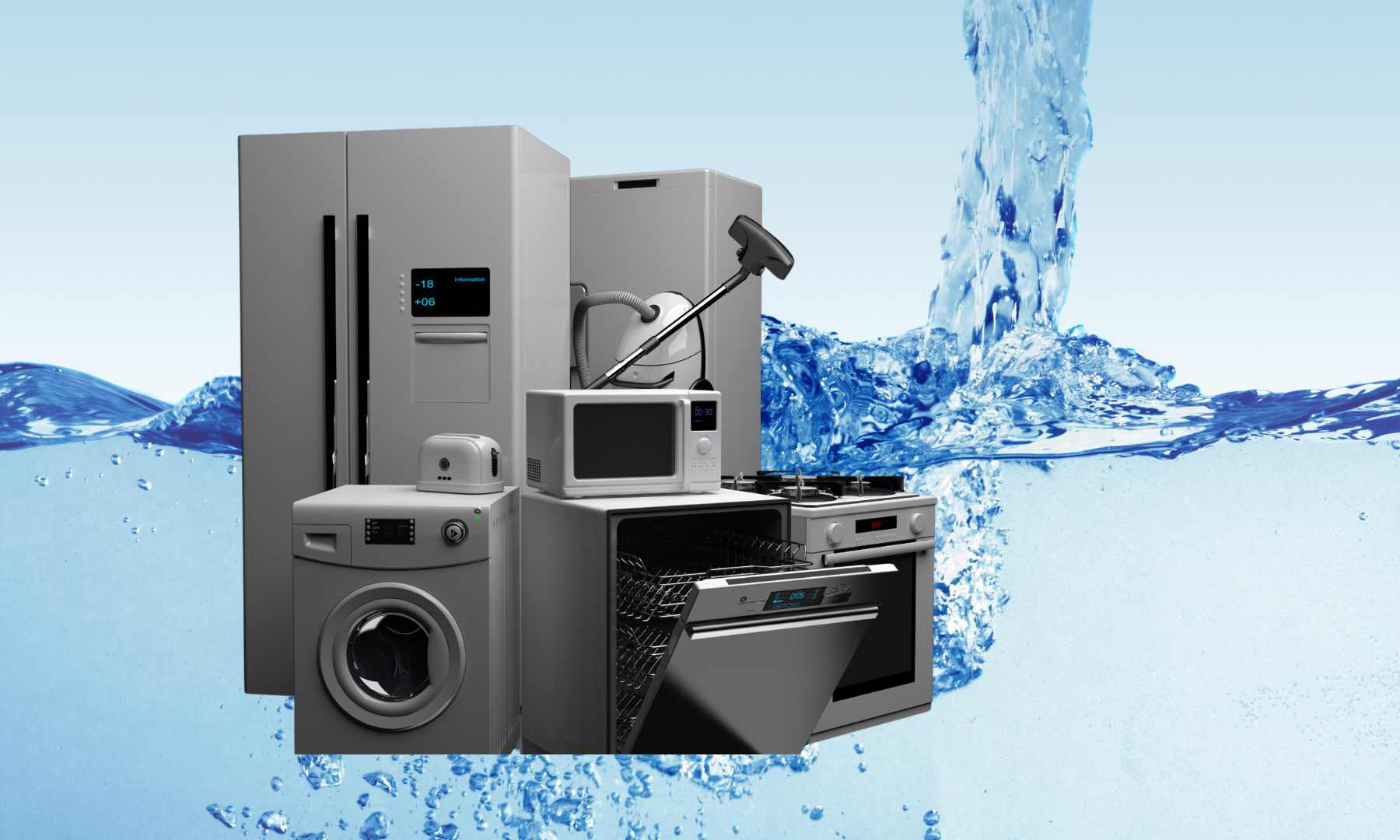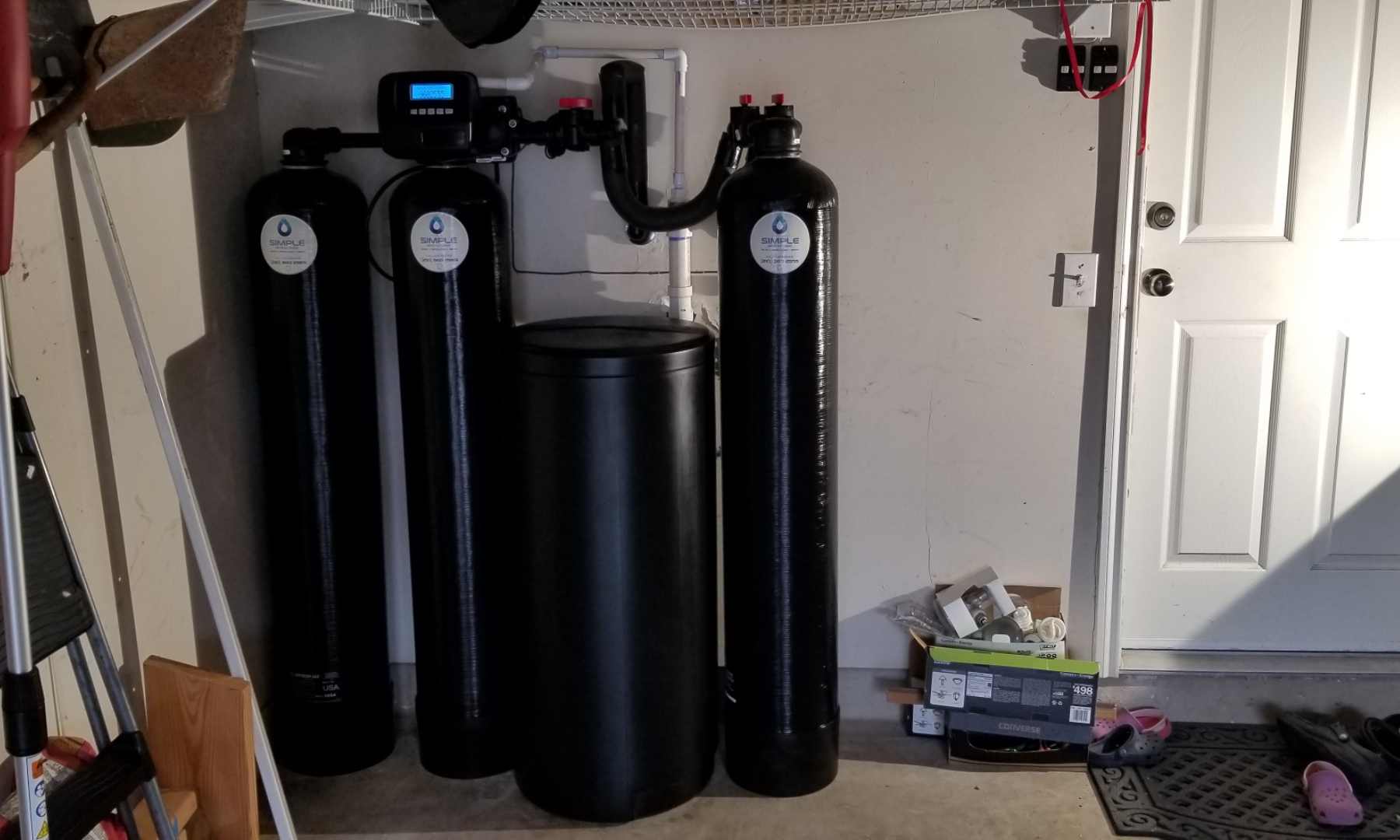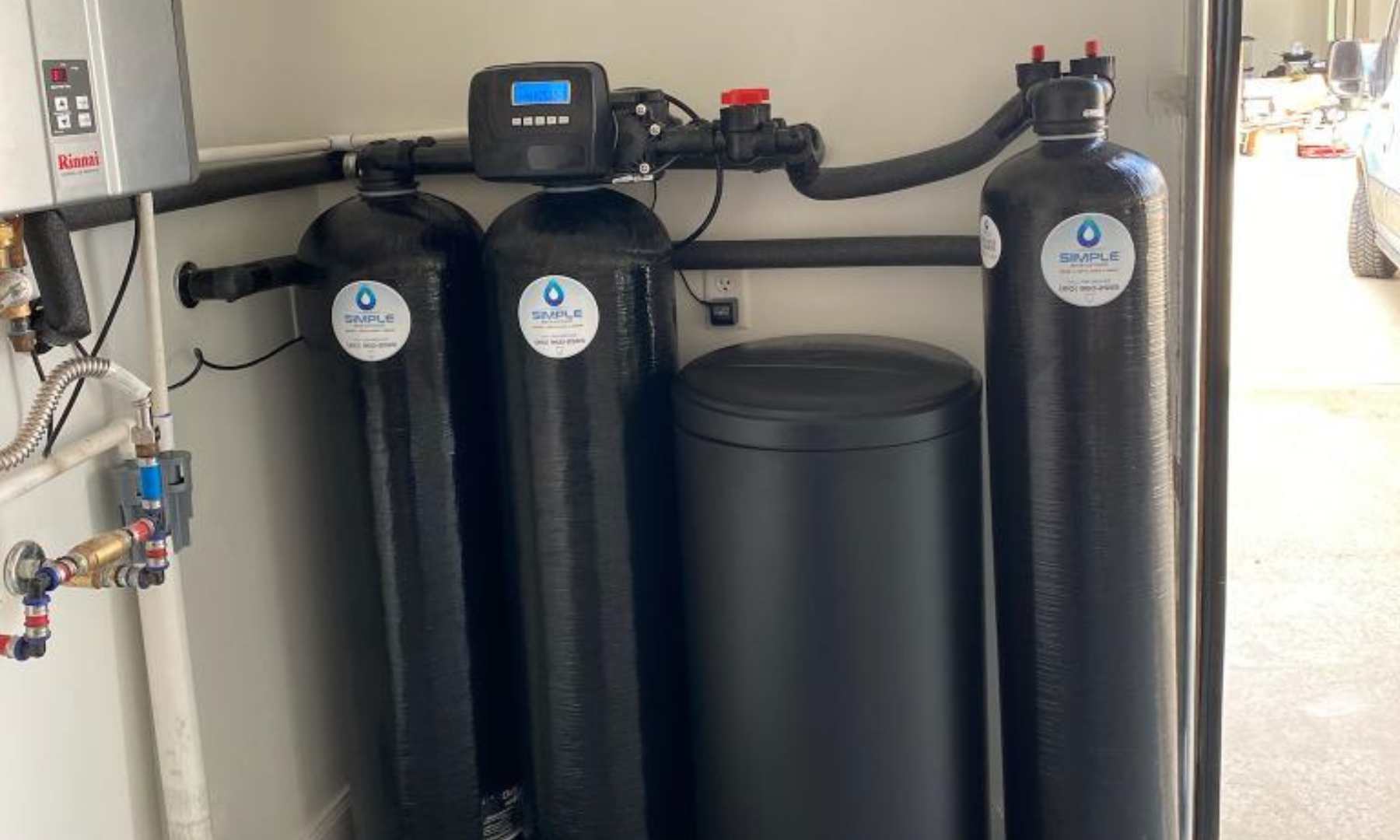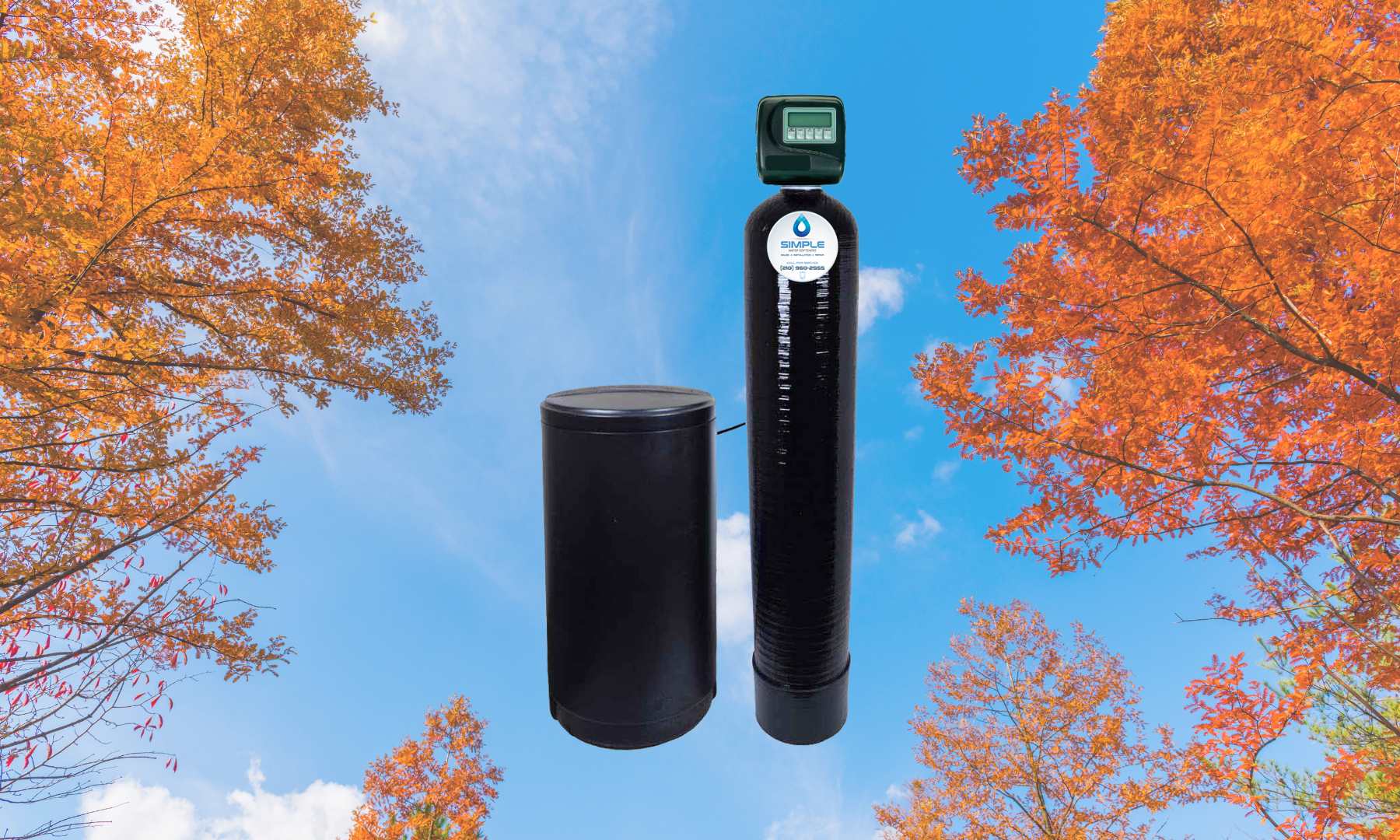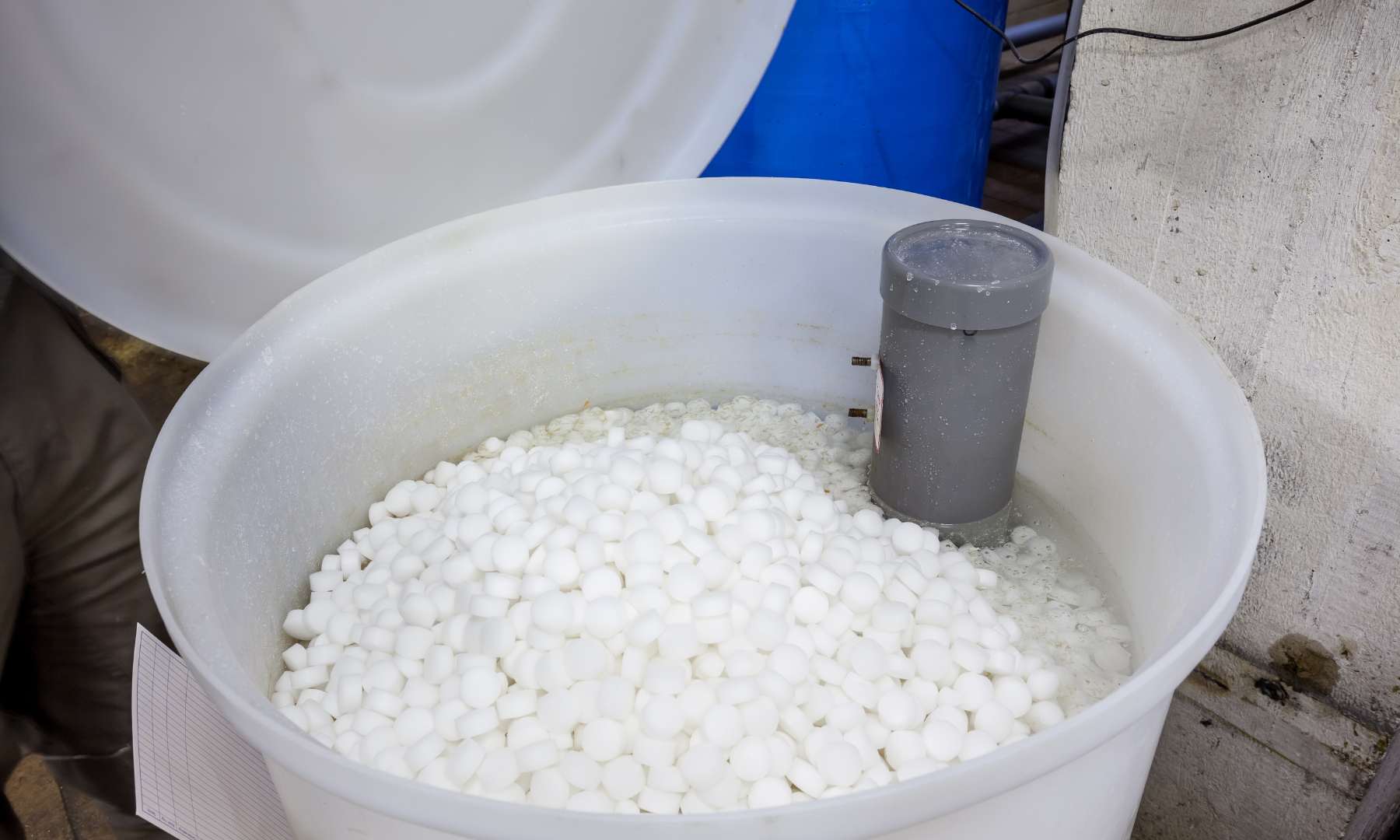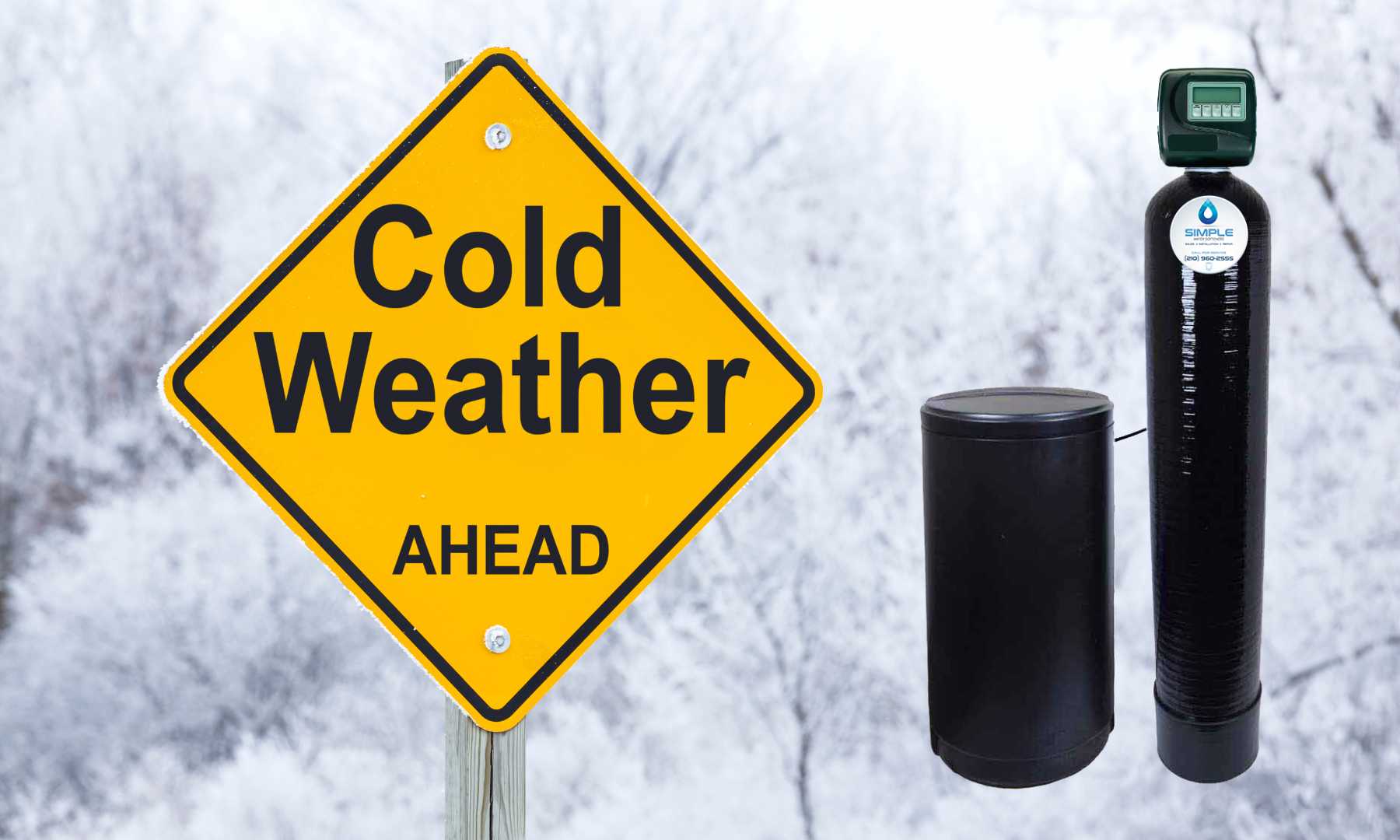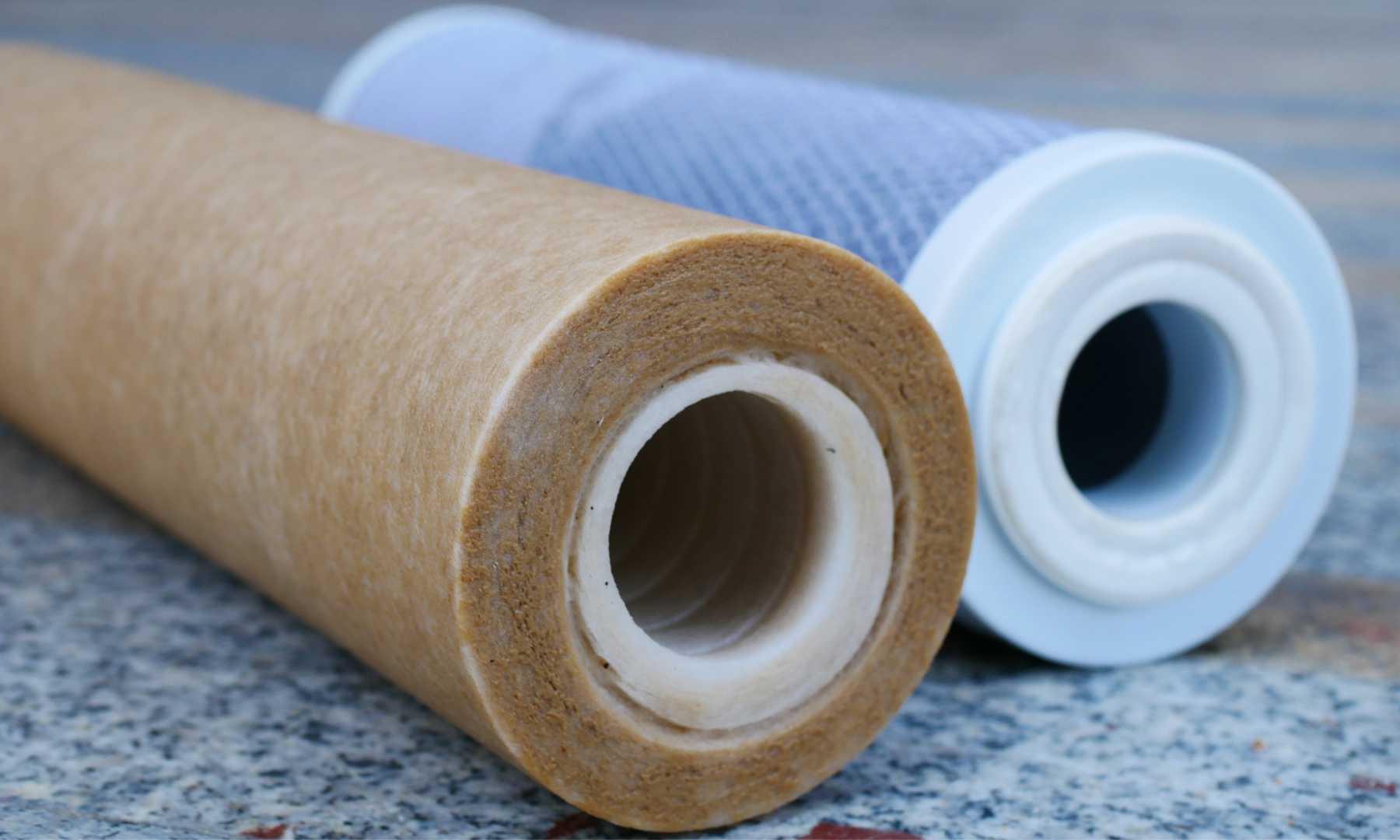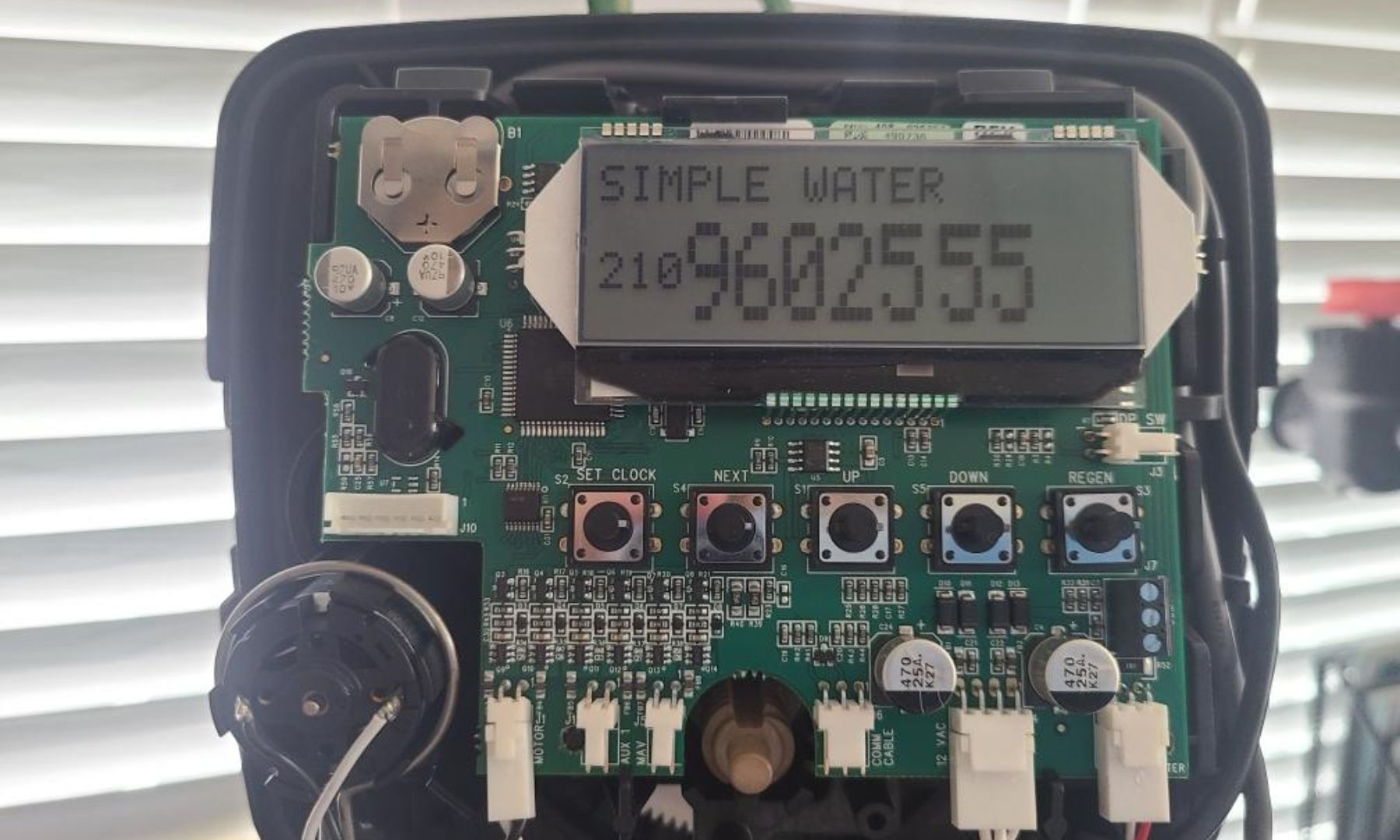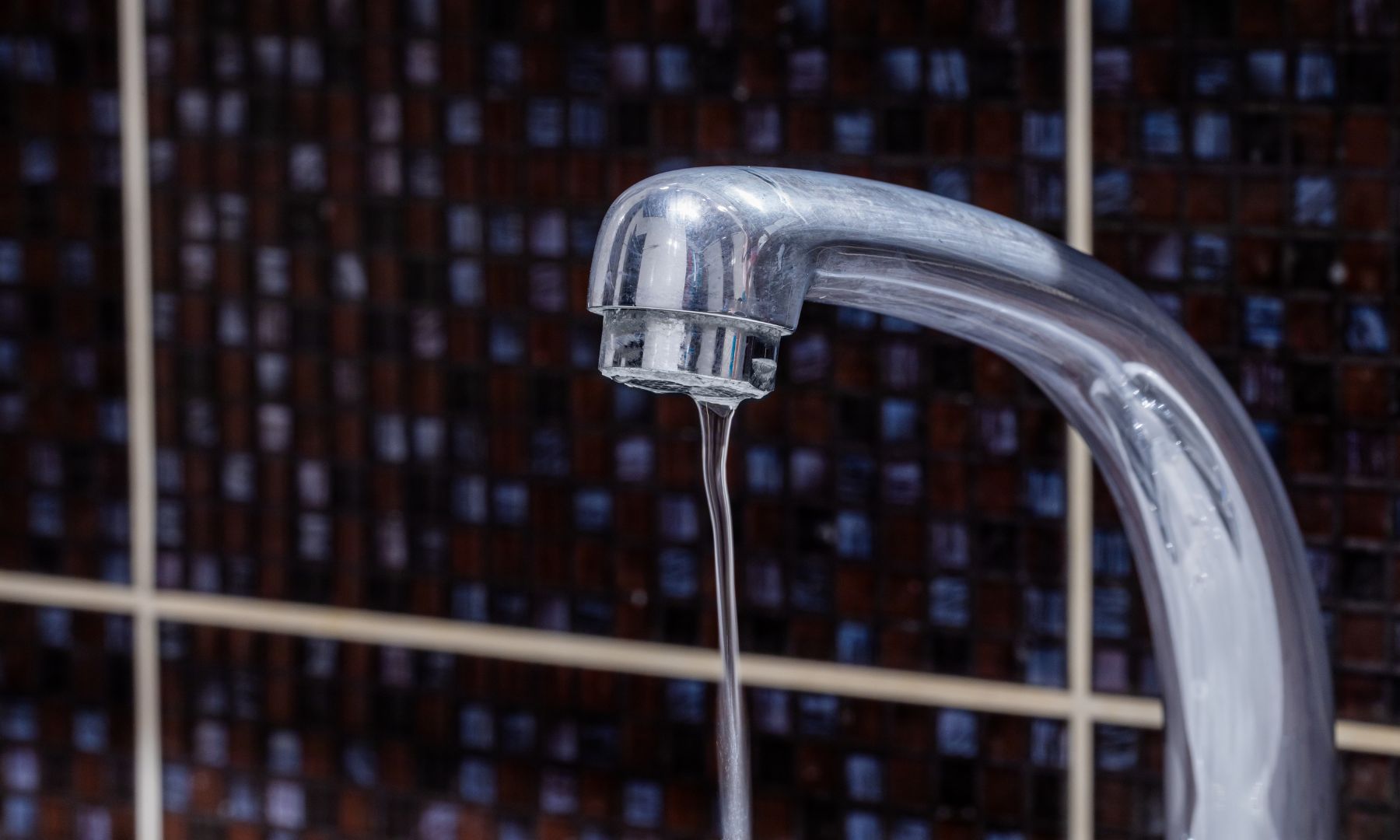As the fall season begins, many San Antonio families turn their focus to home maintenance—preparing for cooler months, upcoming holidays, and the busy routines that follow summer. While you may be checking your HVAC system or cleaning out gutters, there’s one hidden issue that can quietly damage your home and increase your bills: hard water.
At Simple Water Softeners, we see firsthand how untreated hard water shortens the lifespan of household appliances. Here’s how hard water affects your home and what you can do this fall to keep everything running smoothly.



